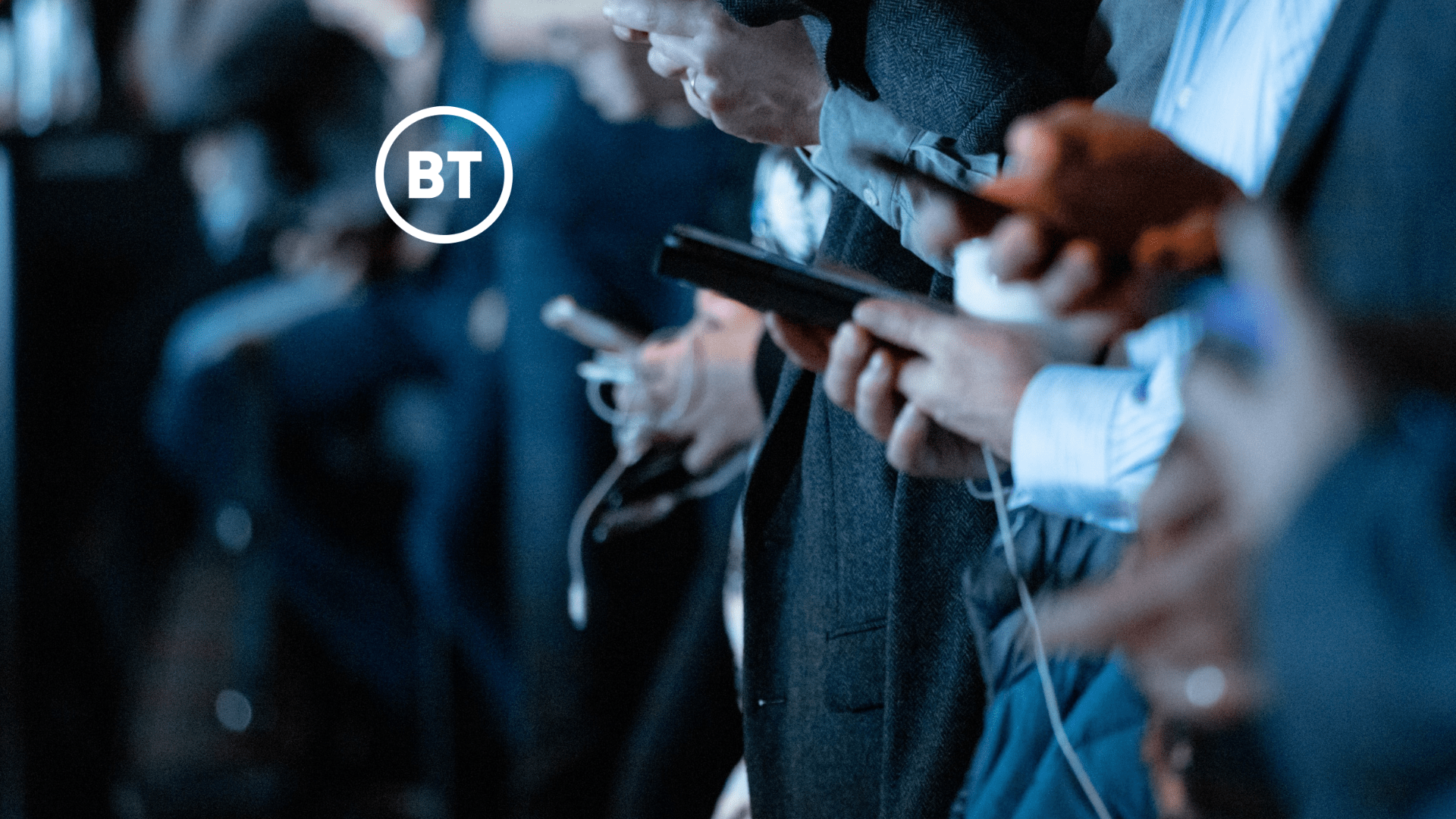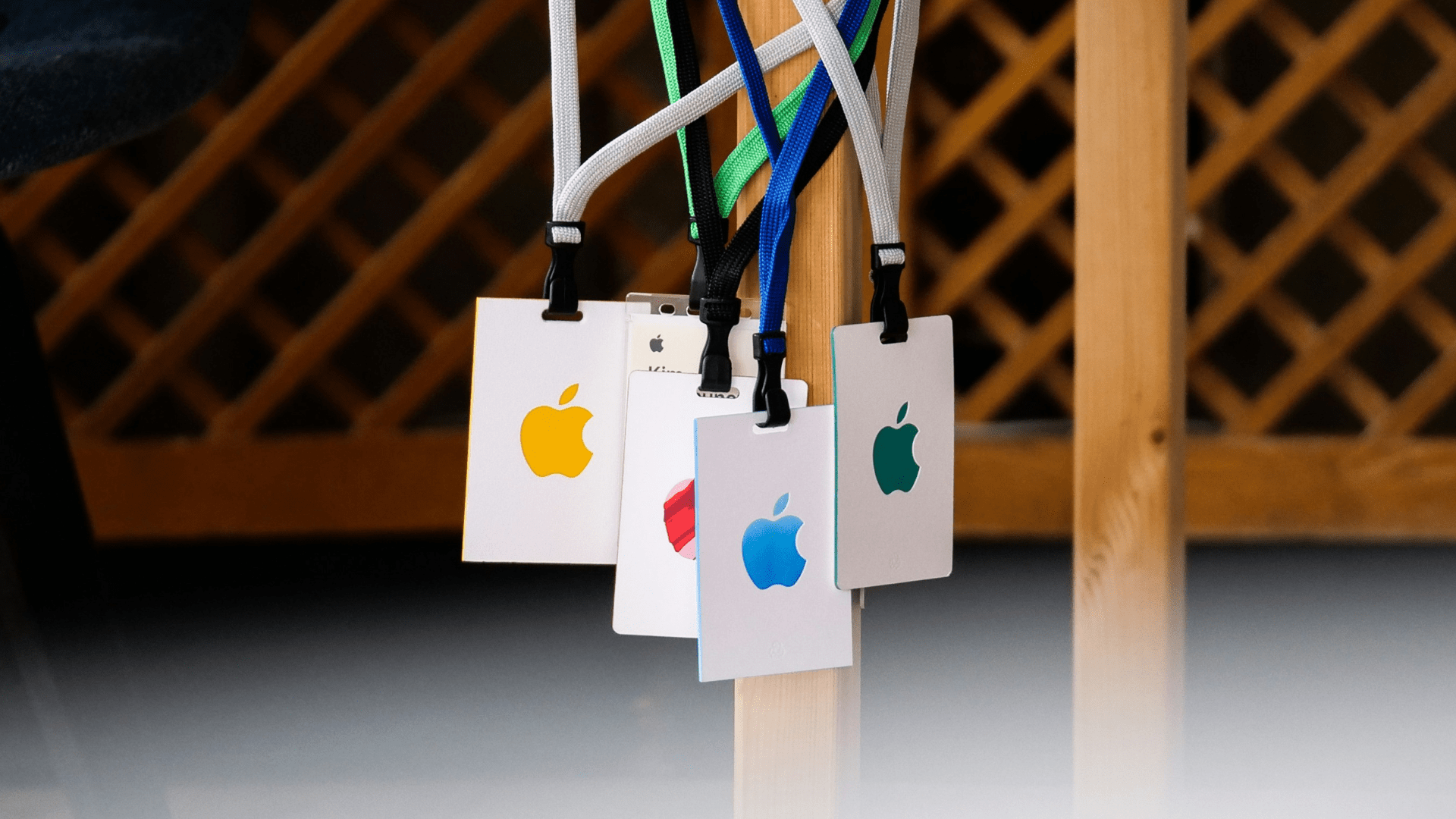Customer relevance
Apple has always had its finger on the pulse as to how consumers will use, interact with and rely on its products. The company has often been ahead of the curve, too. When the iPad launched, consumers didn’t see why they’d need a smaller computer, but Apple foresaw the growing reliance we’d all come to have on the internet. Very soon, many of us became reliant on the ability to shop, search and study on a larger, more portable screen.
This in-depth understanding of your customers, and the ability to anticipate how their needs will change in the future, is paramount to B2B brands. So often in B2B comms we consider the needs of the enterprise as one homogenous entity, failing to account for the requirements of the specific individual who is using your product every day.
Benefit-led copy
I don’t envy Apple’s marketing team, as I have no doubt each word and punctuation mark will have been analysed to the nth degree right up until the launch on Monday (we’ve all been there).
Yet, the final script saw every noun perfectly prefaced with a single, benefit-led adjective – ‘the sleek shape’ or ‘sophisticated finishes’ – all intentionally written to communicate attractiveness. Not a single opportunity is wasted to sell and build excitement among its target audience. Despite not being the biggest ‘fangirl’ of Apple, after consuming the nearly 2-hour long live stream, I seriously considered buying all the latest models.
Breadth of expertise
Gone are the days where Apple’s launch event predominantly featured Tim Cook hogging the limelight of a dramatically lit stage. On Monday, more than 13 spokespeople featured in this launch event as segments of pre-recorded video flicked back and forth through carefully curated backdrops.
This helped break up each segment and keep the viewer engaged, but more importantly, it allowed the brand to showcase the breadth of expertise across the business. Having access to several spokespeople, who can own specific topics and build their profile, is integral to building credibility.
The lacklustre afterglow
Yet, the event and product innovations have drawn some cynicism. Reports show Apple’s shares have continued to slump, and the consensus is that the new features weren’t as exciting as they once were. The news reports of Apple fans camping overnight to be the first in the world to buy the latest model are no longer… although maybe everyone now prefers to place their pre-order from the comfort of their own home?
Perhaps the problem is that we’ve all come to expect this innovation, and we’re chasing the initial high of the early days when the iPhone 3 or iPod mini felt transformational to our lives, as opposed to the incremental improvements we see today.
This is a common problem, as comms teams contend with an unimpressive feature set amid internal pressure to deliver interest, coverage and leads. Ensuring communications are highly relevant to the audience, that every message communicates a clear, tangible benefit and demonstrates your expertise are all important rules to live by—even with a somewhat lacklustre product.
So, while the buzz of Apple fandom may not be as prevalent as it once was, the company’s communications approach remains inspirational in our view. Tech companies regularly fall into the trap of thinking their B2B comms must be corporate, formal and technical. This is a reminder that it doesn’t have to be.















